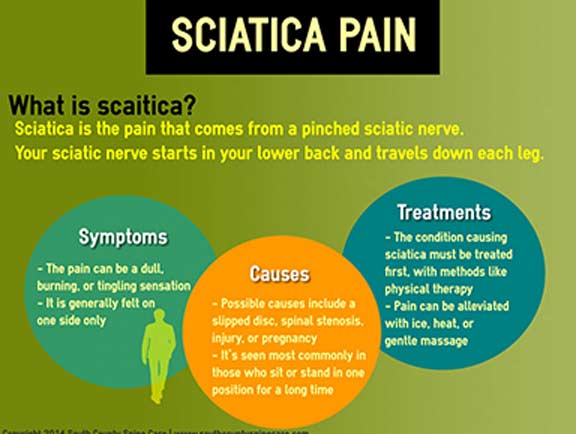As you rest there, maybe really feeling a stab of discomfort in your neck, have you ever before thought the complex frameworks that make up your cervical back? Understanding how the vertebrae, discs, and nerves interact in this region can shed light on why neck pain can be so consistent and debilitating. By exploring the foundations of cervical spine anatomy and its ramifications for neck pain, you might uncover understandings that could help you better manage or even prevent those unpleasant pains and stiffness.
Relevance of Cervical Spine Composition
Comprehending the value of cervical spinal column anatomy is important in comprehending the complexities of neck discomfort. The cervical back, made up of seven vertebrae, plays an essential role in supporting the head's weight and assisting in motion. It houses the spinal cord, which sends messages between the brain and the rest of the body. Furthermore, the cervical back shields these fragile nerves and provides architectural stability to the neck region.
Furthermore, the cervical spine allows for a wide range of activity, allowing you to turn your head, turn it sidewards, and nod up and down. Each vertebra has certain features and functions that contribute to the overall flexibility and security of the neck. Understanding the composition of the cervical spinal column can aid you understand just how injuries or degenerative problems in this region can result in neck pain and related symptoms.
Parts of the Cervical Spine
When exploring the elements of the cervical back, it ends up being apparent that its framework consists of 7 vertebrae, classified C1 to C7, stacked on top of each other. These vertebrae are critical as they provide assistance to the head and allow for a variety of activity in the neck.
The topmost vertebra, C1, likewise known as the atlas, sustains the skull and allows the nodding activity of the head. Directly below C1 is the C2 vertebra, referred to as the axis, which allows for the rotation of the head from side to side.
Relocating down austin chiropractor , each vertebra plays an important role in keeping the back's versatility and security. In between each vertebra are intervertebral discs that serve as paddings, soaking up shock and stopping the vertebrae from massaging against each other.
Comprehending the elements of the cervical back is necessary in comprehending how the spine functions and its prospective influence on neck discomfort.
Relationship In Between Back and Neck Pain
The link between the spine and neck discomfort is an essential aspect of understanding musculoskeletal discomfort. Your spinal column, specifically the cervical region, plays a considerable duty in supporting your head and permitting numerous motions. When there's a problem in the spinal column, such as a herniated disc or misalignment, it can directly influence the surrounding cells and nerves, bring about neck discomfort. Poor posture, injuries, and degenerative conditions can all contribute to spine-related neck pain.
It's essential to identify that the spine and neck function as a cohesive unit. Any type of irregularities or imbalances in the spine can trigger stress on the neck muscular tissues and ligaments, resulting in pain and tightness.
Final thought
Since you have a standard understanding of cervical spine composition and its link to neck discomfort, you can much better value the intricacies of your very own neck pain. Remember, the wellness of your cervical spinal column plays a vital function in supporting your head and promoting movement, so it is necessary to deal with it with correct posture, exercise, and normal exams with a medical care expert. Remain notified and lower back tightness and pain concerning your back wellness to prevent and take care of neck discomfort efficiently.
